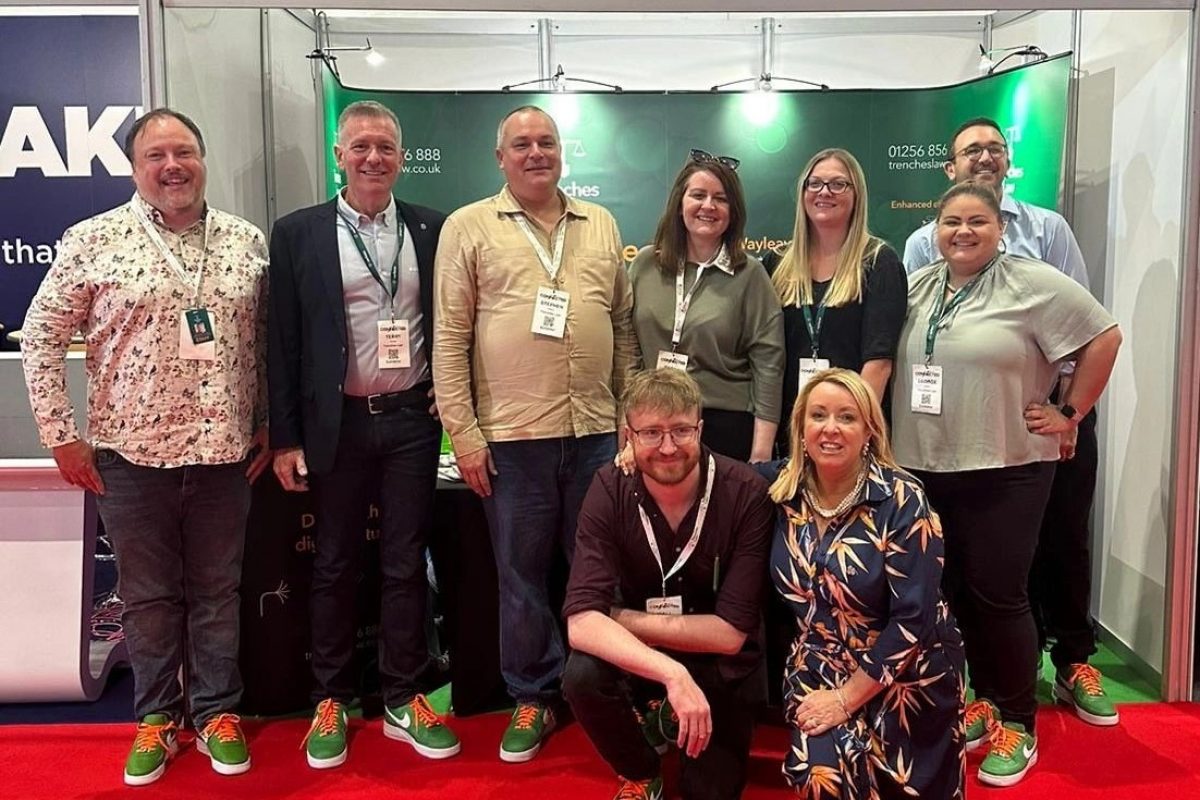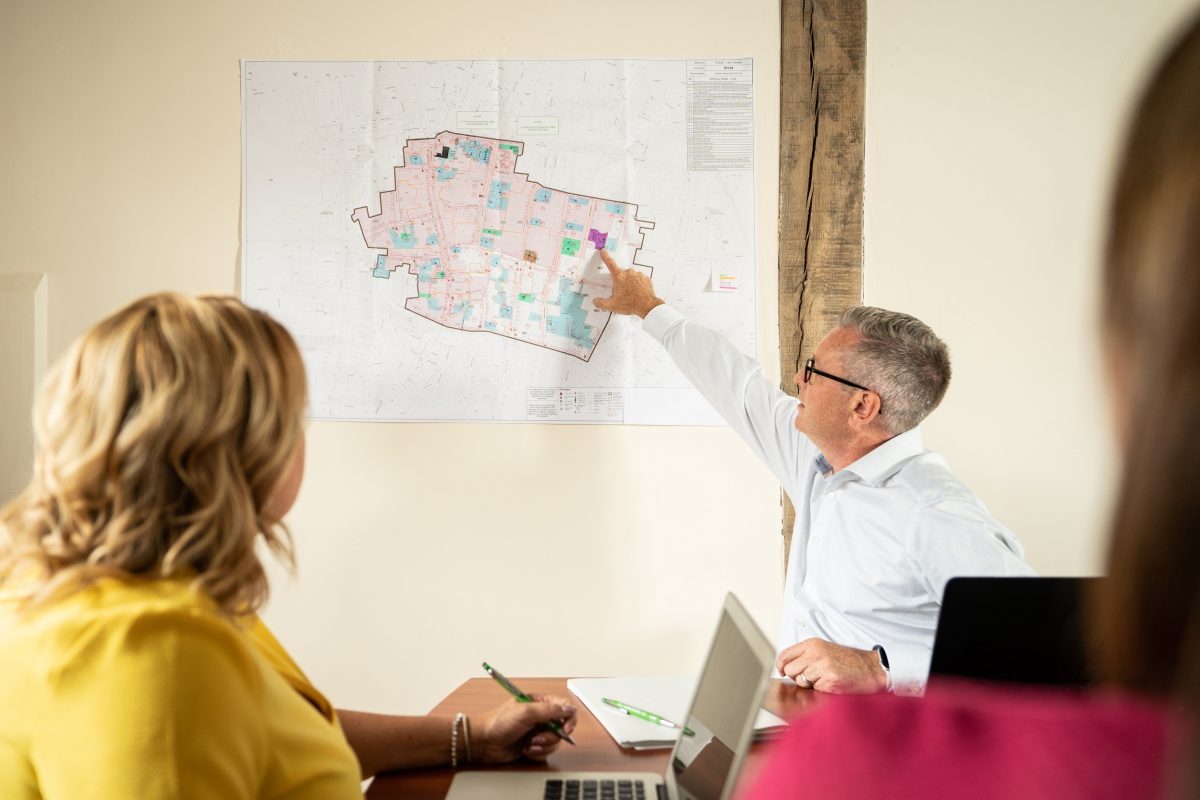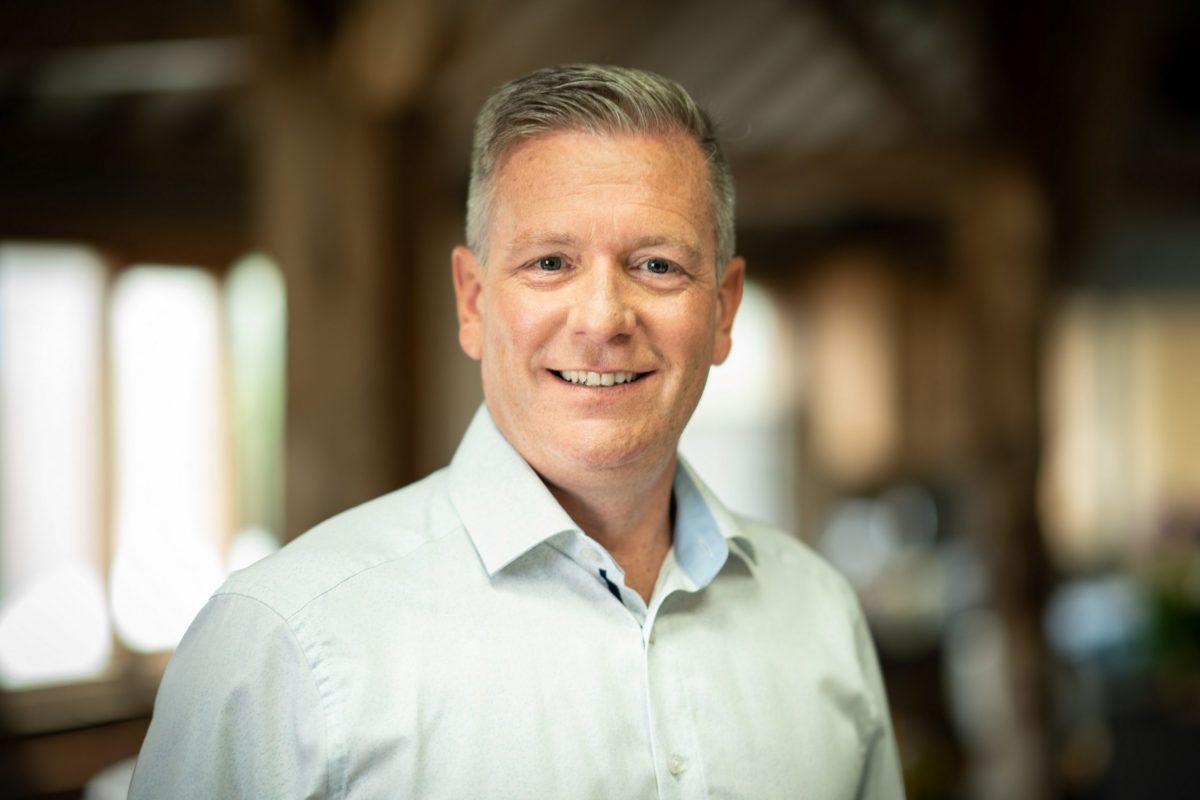Here, Davina delves deeper into her approach to wayleave management and the engagement of various stakeholders, to achieve a smoother – and quicker – process for everyone involved.
Enjoy!
As one of the UK’s largest council property landlords – with 55,000 homes in our portfolio – we’ve invested millions of pounds over the years, in the ongoing maintenance of our premises. And because we set high standards for ourselves – which our residents now quite rightly expect to be maintained – we work hard with third parties to ensure they also commit to the quality levels we’re striving to hit.
If any external contractor is working on one of our sites, for example, we establish a transparent set of guidelines beforehand, so everyone involved in a project large or small, knows what’s expected of them. This dialogue is two-way, too, as it’s important that we know everything that we need to do, in return.
This clear and considered approach to communication reflects how we deal with all elements of our property portfolio, including the notoriously complex process of managing wayleaves.
We therefore work closely and collaboratively with operators to understand the steps they need to follow, and vice versa, so we both know what’s required of each other. We realise, for example, that as a provider of connectivity, they need to focus on installing the infrastructure, which means we consider it our responsibility, as a local authority, to communicate with residents, to streamline the process.
We factor in lead times too, so we can be respectful of operators’ schedules. When we plan our own actions, we draw on our experience of potential obstacles and how to navigate them. We’ve even invested in the creation of a team of people, dedicated to ensuring things go without a hitch – as much as possible. From strategic planning down to obtaining keys when property access is required, we recognise the role that we can play. We have a mutual interest in the successful progression of a network project, so why shouldn’t we deploy mutual effort?
This upfront careful consideration means we can now work extremely quickly, and with minimal hiccups. It would once have taken one provider five years to ‘fibre-up’ 30,000 properties in our district, but now two providers can work synchronously and connect 45,000 properties in only two years. Hopefully this evidences what’s possible with proper planning and clear communications.
Few local authorities would dismiss the importance of connectivity investment, but not all can – or do – commit the resources they truly need to, to accelerate effective network roll-outs. And so, struggles continue to be encountered throughout the UK, particularly when it comes to landlords not understanding what’s involved.
So, what is the secret to success? An appetite to learn, a commitment to support the process and an eye on the bigger picture, certainly help. Southwark Council understands, for example, that a modern fibre line in the borough doesn’t just bring connectivity benefits to individual homes – it is crucial to us becoming a smart city of the future too. This ambitious foresight keeps us all moving in the right direction.
We reinvest wayleave fees too – in other words, any income generated from the process. They should be fair, reasonable and non-excessive, as the operator has already invested heavily in the network and equipment. But any income the council yields from the process is used to fund the formation and ongoing existence of our dedicated team – a group of colleagues dedicated to not just installing fibre for our residents but leveraging our wider digital infrastructure potential too.
Is it easy? No, of course not. But we don’t dismiss the obstacles. We work hard to understand them, plan for them, and push through them. This keeps us focused on the need for strong stakeholder dialogue so we can all keep pushing forward.







